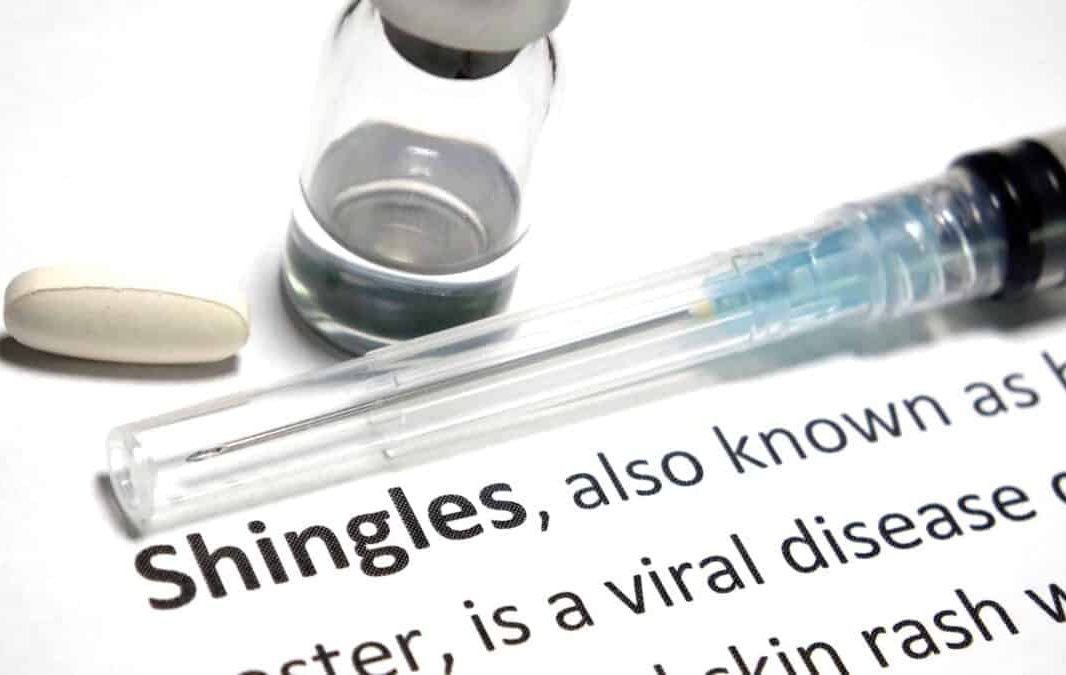Shingles, also known as herpes zoster, is a viral infection caused by the varicella-zoster virus, the same virus that causes chickenpox. This infection could happen anywhere in the body causing a painful rash that usually appears as a single belt-like band of blisters that wrap around one side of the waist.
Causes
The main culprit behind shingles is the varicella-zoster virus, part of the herpes virus family and the same virus that causes chickenpox. Anyone previously infected with chickenpox is susceptible, since the virus remains dormant and inactive in the tissue near the spinal cord and brain after recovery. Years later, the virus may suddenly reactivate and travel through nerve pathways to the skin, resulting in shingles.
While the reason for the virus reawakening after years of dormancy remains unknown, potential triggers include ageing, immunosuppression, stress, or other infections. However, not everyone with a history of chickenpox will develop shingles.
Transmission
A person with active shingles can transmit the virus to anyone lacking chickenpox immunity. Transmission occurs through direct contact with open blisters and sores. However, infected persons will develop chickenpox, not shingles.
A shingles patient remains contagious until all lesions have crusted over, thus it is vital for those vulnerable, including people with weakened immune systems, pregnant women, infants, and anyone unvaccinated against chickenpox, to avoid contact with the infected person.
Risk Factors
Age: Risk increases with age, typically affecting adults at the age of 50 years or older.
Compromised immunity: HIV/AIDS and cancer can make a person more susceptible to shingles.
Certain medications: Immunosuppressive medications used for cancer treatment like chemotherapy and radiation as well as corticosteroids and organ transplant anti-rejection drugs, therapy can be a risk factor.
Symptoms
Most only experience one shingles episode, but recurrence is possible. Symptoms last 2-6 weeks and the following are the most common:
Pain is often the first symptom, however, its severity can vary and it can be associated with burning, numbness, or stabbing sensations.
Skin hypersensitivity.
Itchy rash and red patches appear days later, usually as a single belt-like band on one side of the waist, the eyes, face or neck.
Fluid-filled blisters that crust over.
Potentially symptoms also include fever, headache, fatigue, and light sensitivity.
Complications
While rarely life-threatening, shingles can cause severe pain and serious complications like:
Postherpetic neuralgia: Nerve pain continuing long after the rash resolves due to damaged nerve fibres sending exaggerated pain signals to the brain.
Vision loss: Ocular shingles infections cause painful eye inflammation potentially leading to permanent damage and blindness.
Neurological issues: Encephalitis, facial paralysis, balance and hearing difficulties.
Skin and bacterial infections if lesions are not properly treated.
Prevention and Treatment
There is no cure for shingles, but available treatments can ease symptoms and inhibit their spread. However, vaccination helps prevent shingles and complications. The current recommendation is the 2-dose herpes zoster vaccine for adults 50 years of age and older, with 6 months between doses. Vaccination significantly minimises the risk of shingles episodes and reduces severity in infected patients.
By: Dr. Badreyya Al-Harmi, Consultant Public Health, Emirates Public Health Association













